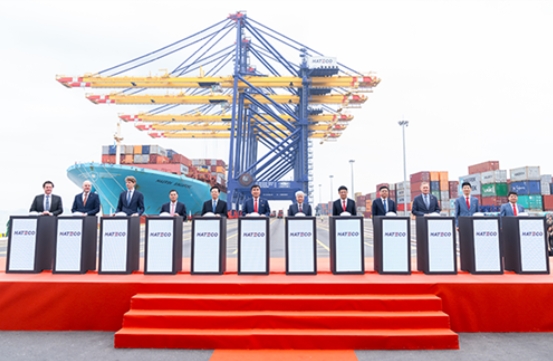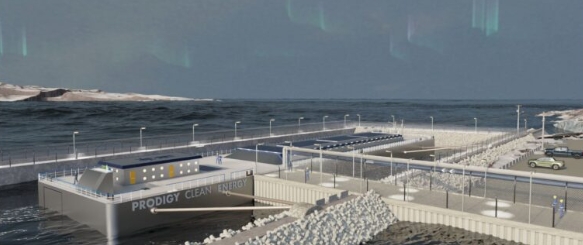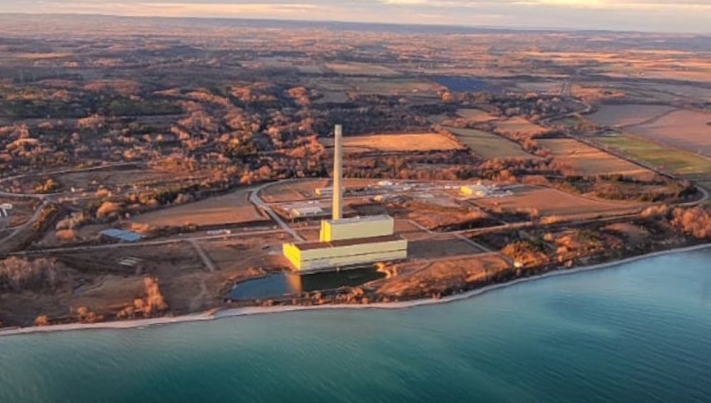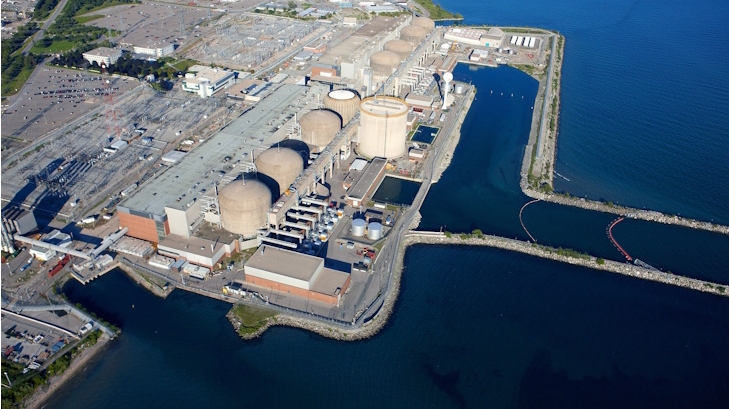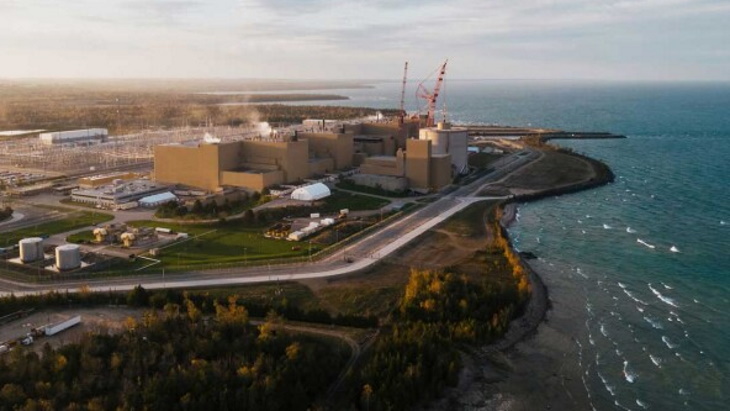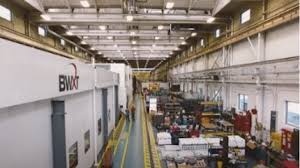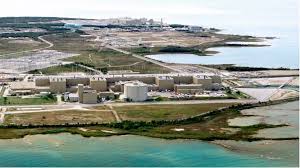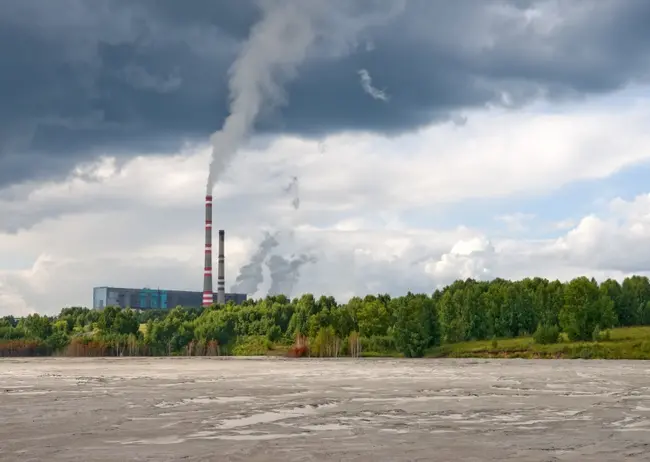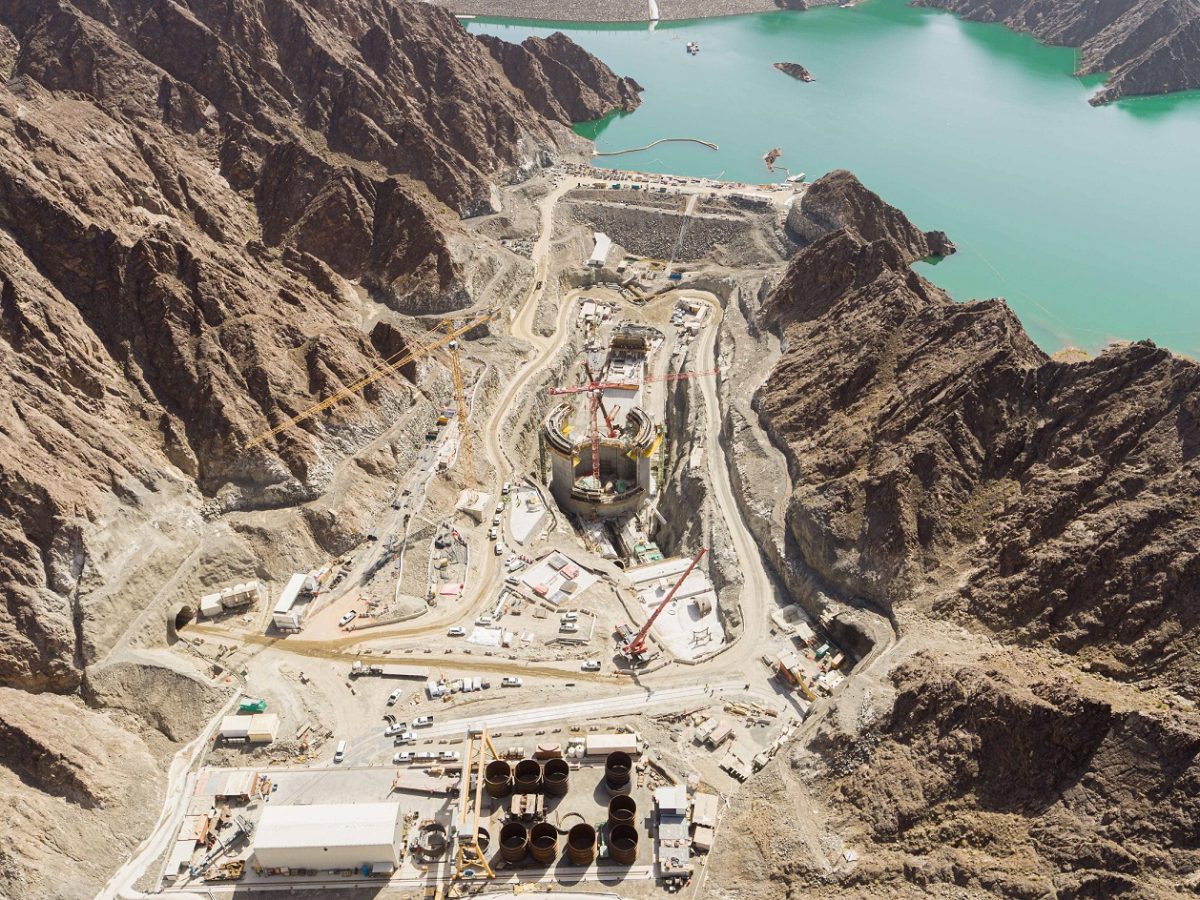
Saeed Mohammed Al Tayer, MD and CEO of Dubai Electricity and Water Authority (DEWA), visited the station, which is considered the first station of its kind in the GCC with investments up to AED1.421 billion, to review its progress.
The Plan includes the establishment of 5.4km-long cable car route and the Dubai Mountain Peak at an altitude of 1,300 metres (the summit of Jebel Umm Al Nisour), Hatta Sustainable Waterfalls to contribute to the overall development in the Hatta region and provide innovative job opportunities for citizens in Hatta.
DEWA’s projects will provide around 200 technical, administrative and operational jobs in Hatta. Another 300 jobs are expected to be created by the Visitor Centre, and other outdoor activities and tourist facilities associated with the project.
Al Tayer inspected the construction site of the hydroelectric power station and was briefed on the project’s progress. He also inspected the construction of the power generators and the upper dam, whose first 37-metre-high Roller Compacted Concrete (RCC) wall has been completed. Work is currently underway on the 70-metre main dam wall. The station will use water in the Hatta Dam and an upper dam being built in the mountain. During the visit, Al Tayer also reviewed the work progress of the 1.2 kilometre subterranean tunnel, which connects the two dams.
The Hydroelectric power plant is an energy storage that utilises potential energy of the water stored in the upper dam which is converted to kinetic energy during the flow of water through the 1.2 kilometre subterranean tunnel and this kinetic energy rotates the turbines and converts mechanical energy to electrical energy which is sent to DEWA grid.
Then to store energy again, clean energy generated at the Mohammed bin Rashid Al Maktoum Solar Park is used to pump the water through this tunnel back from Hatta dam to the upper dam by converting the electrical energy to kinetic energy and then finally storing it as a potential energy in the upper dam. The power plant will have turnaround efficiency of 78.9 percent and response to demand for energy within 90 seconds.
This includes all available technologies such as photovoltaic solar panels, Concentrated Solar Power (CSP), and green hydrogen production using renewable energy. The construction of the hydroelectric power plant uses the latest and safest drilling technologies suited to Hatta’s geological features. It adheres to the strictest international environmental standards to protect the Hatta Natural Reserve.
During the visit, Al Tayer was briefed by the project manager on the latest developments related to the ‘Dubai Mountain Peak’ and the ‘Hatta Sustainable Waterfalls’ project, which DEWA has tendered.
The projects will contribute to an overall development in the Hatta region, especially the Dubai Mountain Peak, which includes the construction of a 5.4-kilometre cable car to transport tourists to the summit of Um Al Nesoor.
At 1,300 metres above sea level, it is the highest natural summit in Dubai. The cable car route passes over the Hatta Dam lake and the upper dam lake, which are parts of the Hatta pumped-storage hydroelectricity plant currently under construction, as well as over the mountains. The route ends at the summit of the Um Al Nesoor mountain.
